Preserving and revitalizing Indigenous languages is a vital mission for indigenous communities, and it starts with the younger generation. Early learners are eager to soak up the linguistic heritage of their ancestors, and integrating technology into language education has become a powerful tool; one such tool is digital book creation.
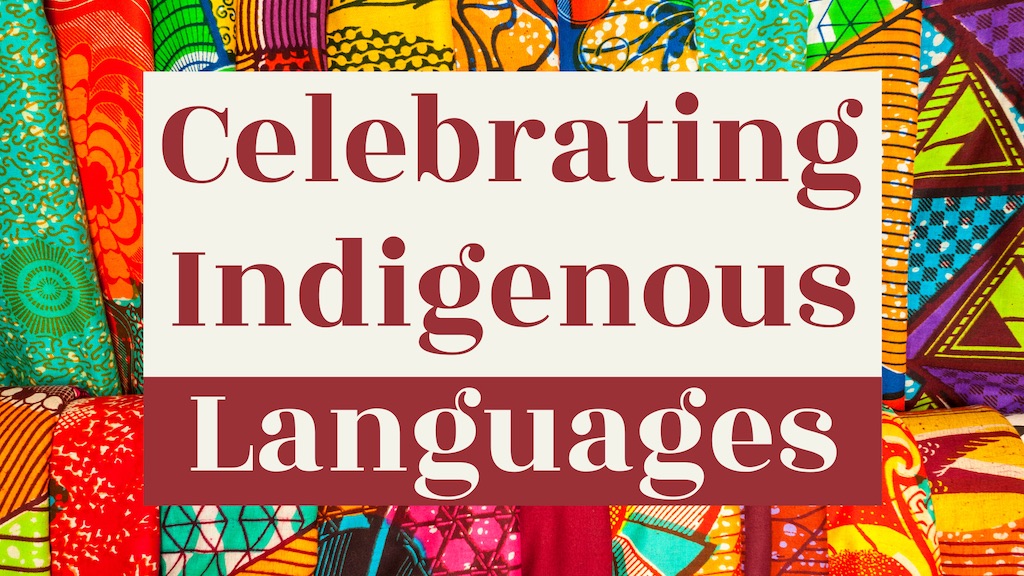
Teachers of Indigenous language learners may use digital book creation programs like WriteReader to support language learning by enhancing reading, writing, listening, and speaking skills.
Using WriteReader for Digital Book Creation
Let’s explore why digital book creation with WriteReader is an excellent choice for teaching Indigenous languages to early learners. Children are naturally drawn to technology, making learning more fun and engaging. Creating digital books with WriteReader allows teachers to create culturally and linguistically relevant content for their specific community. These WriteReader digital books can include text, images, and audio. Teachers can create book templates to tailor the language learning task to individual learners, allowing for a more differentiated learning experience.
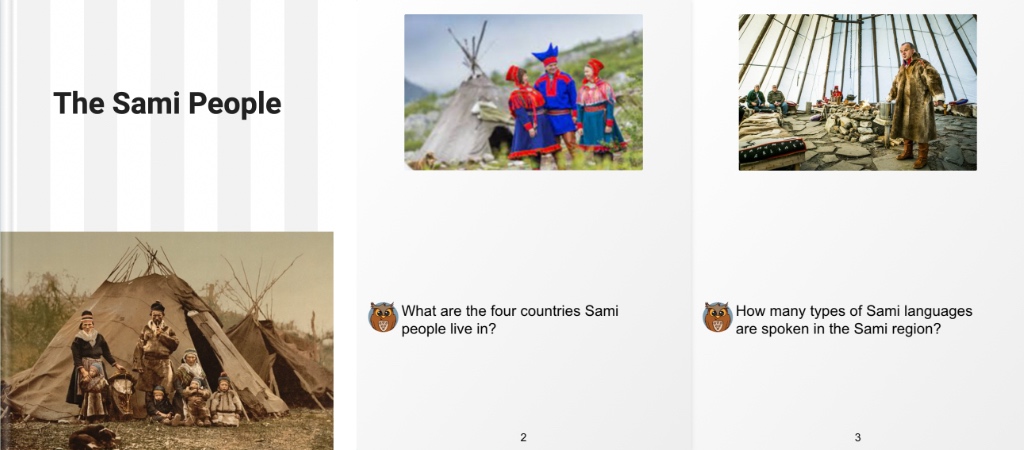
Click this link to see an example of a template about the Sami people.
Easy to plan for different structures and languages
Indigenous language teachers can collect vocabulary lists, traditional stories, songs, and artwork from their culture and plan the type of book they want to use. Teachers may choose a storybook, a picture book, an informative book, or an interactive activity book for assessment. WriteReader’s book and page layout features, along with adaptive tools, support teachers in easily planning for these different structures and support the different language proficiency of their learners.
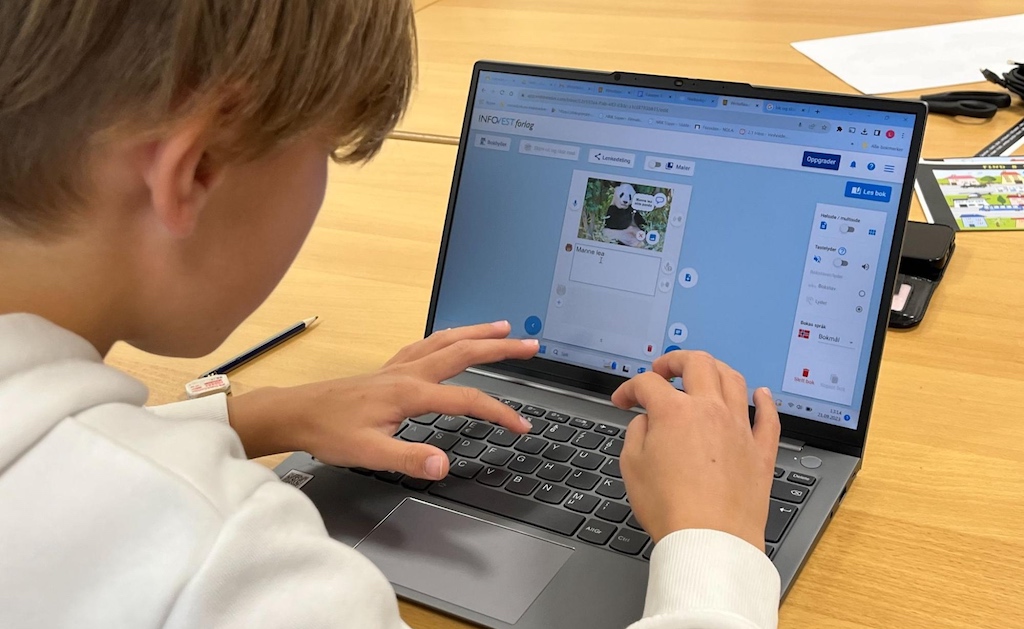
Enhancing Reading, Writing, Listening, and Speaking Skills
Teachers and students can add written text in the Indigenous language and complement it with audio pronunciations. This supports reading and pronunciation simultaneously. Students easily learn with interactive vocabulary tasks; as they click on a word, they can hear the pronunciation and see an image related to that word. Students develop storybooks that contain engaging narratives where they read and comprehend the story in the language. Students practice listening comprehension with embedded audio clips of native speakers telling stories, and teachers can include comprehension questions to assess understanding. WriteReader provides opportunities for students to record themselves speaking sentences or phrases in the Indigenous language, and they can then compare their pronunciation to the native speaker’s audio.
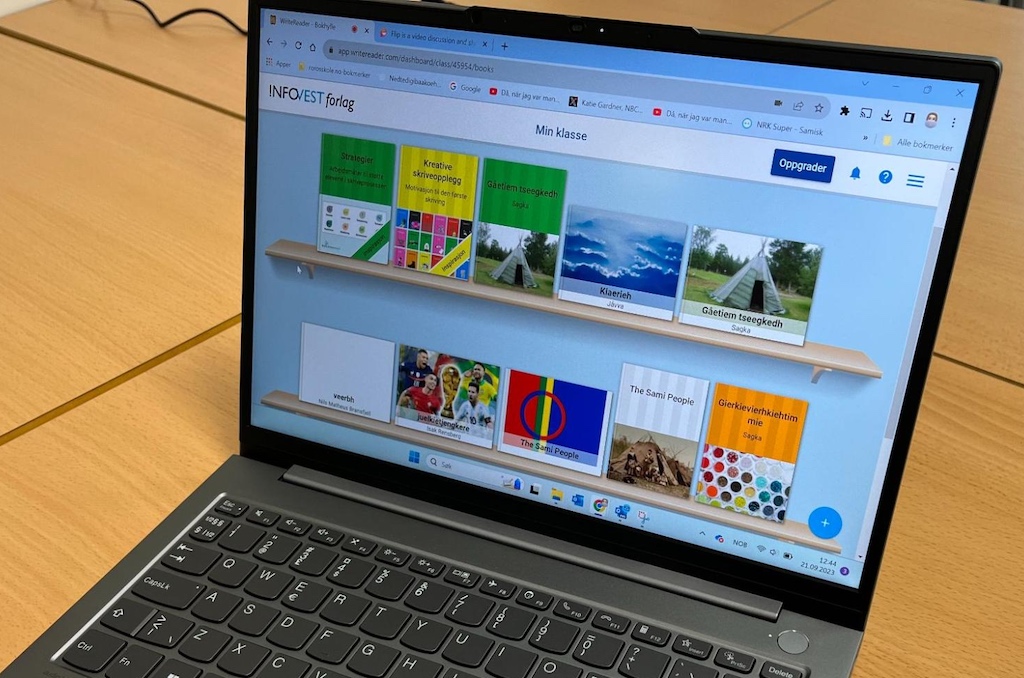
Community Involvement and Collaboration
Teachers and students can also use WriteReader in collaboration and community involvement events like working with elders. Involving elderly native speakers in the creation process for their knowledge is invaluable in ensuring the accuracy and authenticity of the language content. Students create books for an authentic audience as they can print their digital books in the Indigenous language to display in their school, a public library, or a community cultural festival. WriteReader’s shareable link features support students sharing their books with other Indigenous individuals near and far.
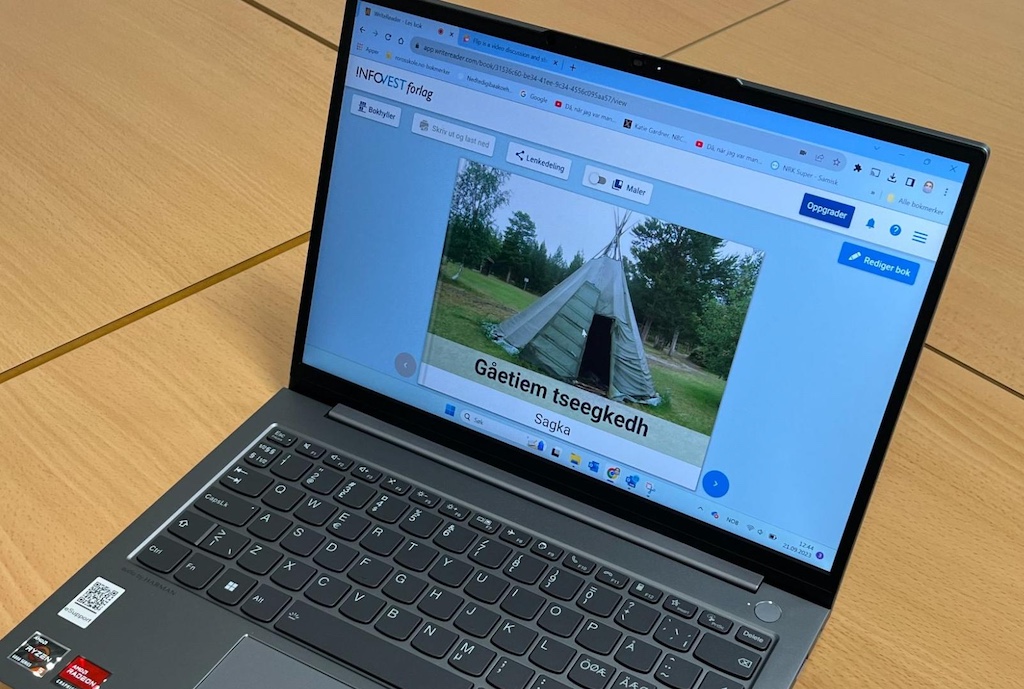
Empowering Indigenous Language Learners with WriteReader
Using WriteReader to support Indigenous language learning is a powerful way to engage the younger generation and preserve linguistic heritage. By integrating reading, writing, listening, and speaking skills into these digital books, teachers can create a dynamic and interactive learning experience. The involvement of the community, elders, and native speakers is crucial in ensuring the accuracy and cultural authenticity of the content. The dedication of the indigenous language teachers, such as the Sami language teachers in Norway featured in the images shared, to this vital mission of preserving their language is commendable! Through WriteReader, teachers have a powerful tool to guide the next generation in reclaiming their linguistic roots and continuing the legacy of their ancestors.

By Katie Gardner, ESL teacher, Knollwood Elementary School, Salisbury, North Carolina, USA
